Humans often overuse fresh water for purposes that they don’t need to.
We feel the need not only to drink fresh water but to bathe in it, clean our hands with it, water our lawns with it, and do other wet tasks. And it makes sense – you want to be as clean as possible, and fresh water is clean!
Perhaps you’re an environmental advocate who wants to learn more about gray water and how it can be used. Or, perhaps you’ve been hearing about rules concerning gray water from your homeowner’s association, and you want to know what you’re getting yourself into.
In this article, I discuss what gray water is, how you can use it, and why it’s important.
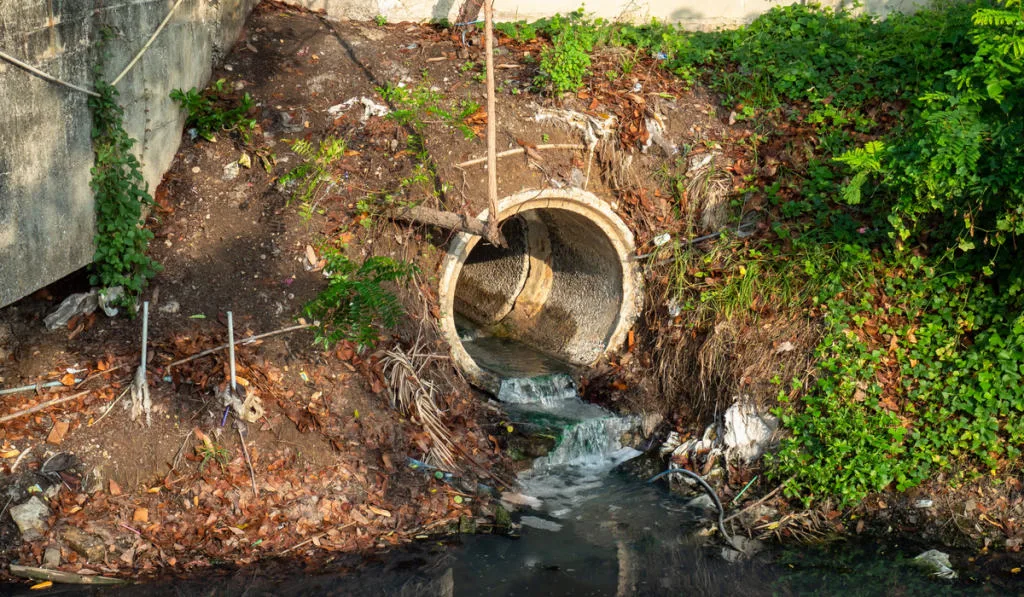
Types of Water (or Rather, Gray Water Defined)
To define gray water, we first need to define the other types of water.
Potable water is clean and pure and the right water for drinking.
Then, on the opposite end of the spectrum, there’s blackwater, the kind generated from toilets and urinals and other sources of waste.
Blackwater is the dirtiest water and the kind no one should ever drink. It is taken to water treatment plants, and the bacteria and germs inside are killed before the water is used again.
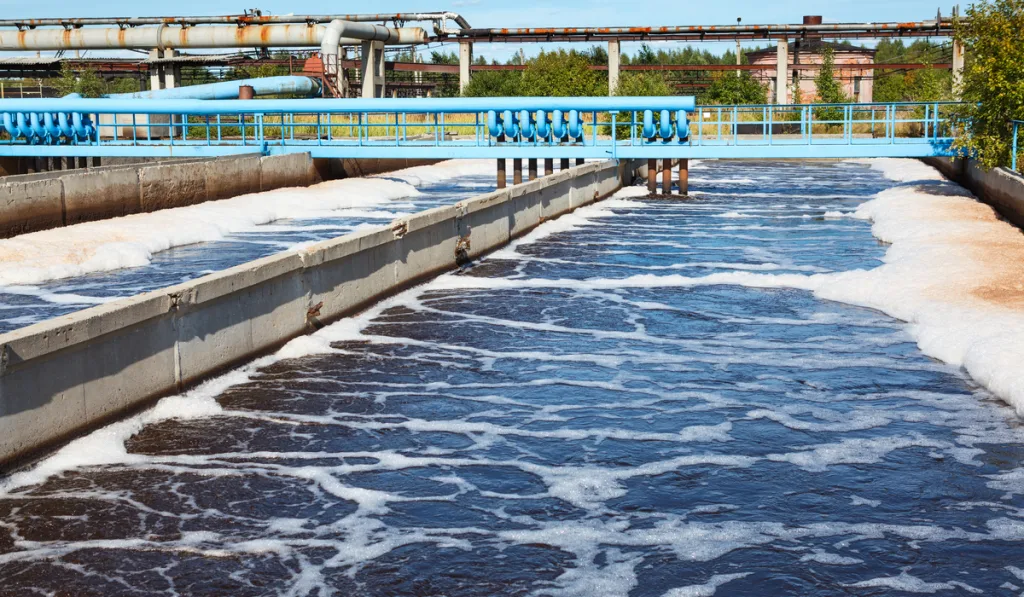
So those are the spectrum ends, the white and the black: potable water for drinking and blackwater for never, ever, drinking.
But what about all the other purposes water has? That’s the gray area known as gray water.
Gray water is water from office buildings or households that is generated from washing purposes, not from toilets.
Gray water is created from:
- Dishwashing
- Handwashing
- Showering
- Bathing
- Clothes washing
All of this water has trace amounts of pathogens, but other than that, it really doesn’t have much against it. It’s just not as clean as potable water.
I like to think of gray water as the gray areas of life. The world isn’t always black and white, right or wrong. There is gray in so many aspects of life, and that includes water.
3 Ways Gray Water Can Be Used
1. To Water Your Lawn and Plants
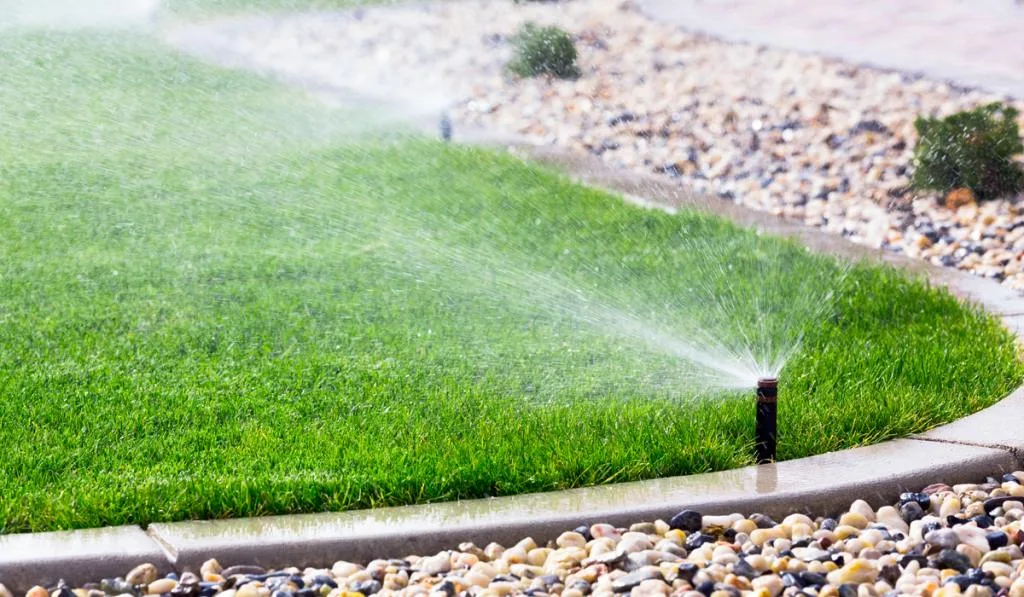
Gray water can be used to water your lawn. The grass isn’t going to be ingested, so there’s no reason not to use gray water to water the grass!
That includes watering flowers and other plants on your property.
What about plants in your garden that you’re planning to eat? Well, gray water isn’t dangerous if the plant has ingested it, only if you have. So, you can still water your edible plants with gray water; you just have to make sure the water doesn’t touch the fruit or whatever part you’re going to consume.
Will gray water hurt the plants? Not at all! Any toxins that may be in gray water are filtered naturally by the soil surrounding the plants.
Your lawn won’t wither and die just because you started using gray water! Gray water is not harmful to the soil, it’s an input to the soil system! And it won’t harm the natural organisms living in the soil, either.
2. To Fertilize Your Plants
Gray water also has nutrients from the items it was used to wash and from the products used to wash with, both of which can act as a fertilizer for your plants.
So this reduces the need for chemical fertilizers. We want to avoid chemicals in our natural environment as much as possible!
If it makes you nervous, then you can use potable water for edible gardens, but for grass and flowers and trees and other plants you won’t be eating, you should use gray water so potable water isn’t wasted.
3. To Flush Your Toilets
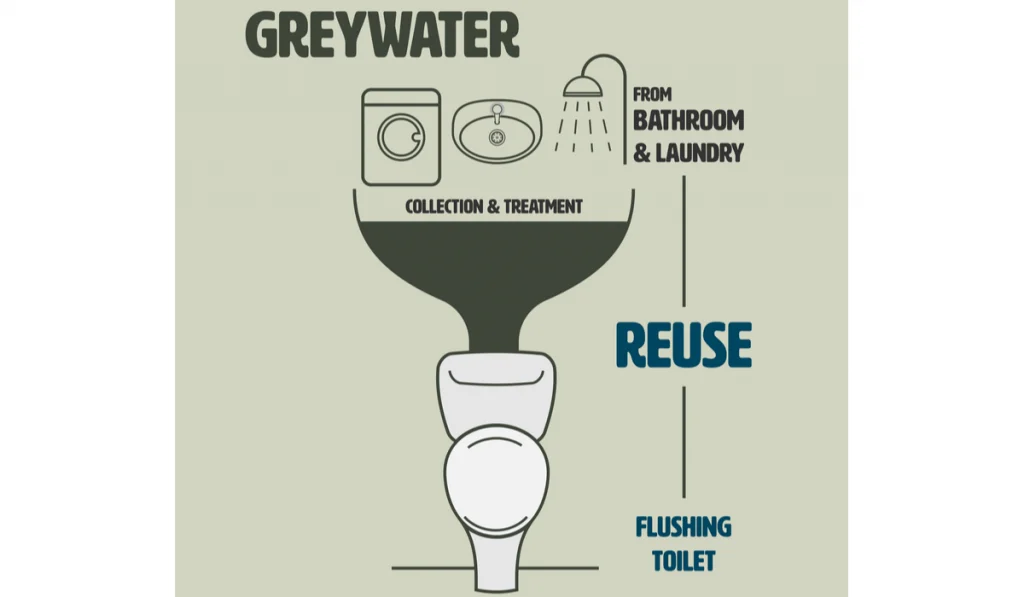
Gray water can also be used in toilets as the “clean” water that sits in there before you relieve yourself, and is then used to transport your output down through the pipes into the sewers.
It’s going to become blackwater anyway, so why not use gray water to fill your toilets!
Just make sure your pets and toddlers don’t accidentally drink it!
Why It’s Important to Make Use of Gray Water
Environmentalists have recently been giving a great deal of focus to the differences in our water. Water, an essential element of our life, is getting scarcer and scarcer every year.
Even though water is a renewable resource, meaning it replenishes itself through rain and snow, it seems to be raining less and snowing less in recent years.
Global warming is a big cause of this effect, but humans have a more direct path to depleting our drinking water sources than by driving cars and littering.
Gray water is of special interest to environmentalists wondering if there’s a way to reuse it so that potable water is not wasted on tasks where water is not ingested.
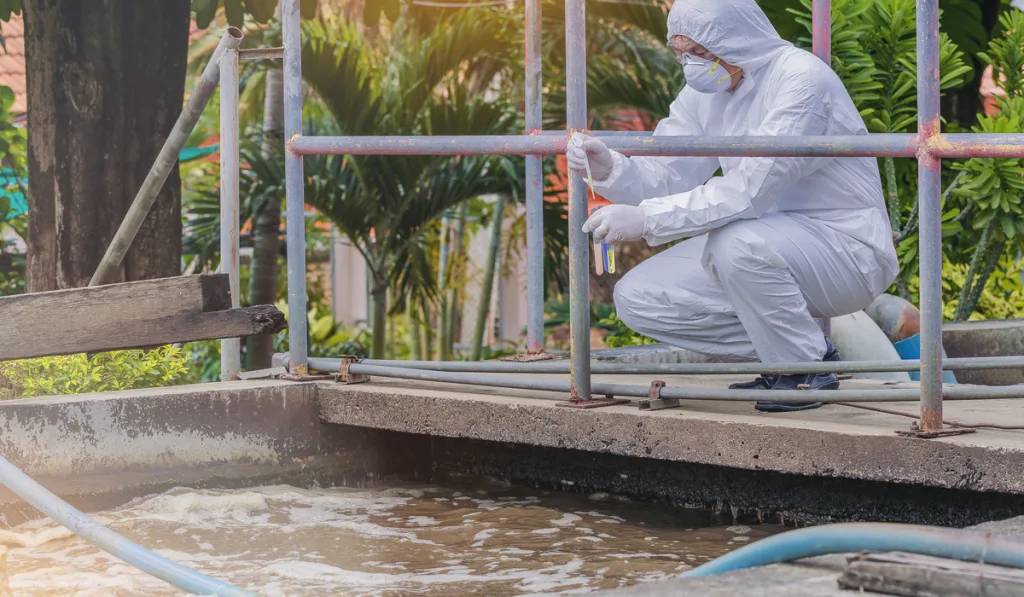
Gray water is relatively clean water, so it must be useful in some way! It doesn’t need to be sent all the way to a treatment plant before reuse! Artificially purifying water in treatment plants works, but it’s not ideal.
If you’re using potable water for all of your purposes, and it gets soiled, it may never be clean water again.
Households create 50% to 80% water waste, and 80% of household water waste is gray water.
That’s water that can be reused! So let’s start using potable water for mainly drinking purposes, and find gray water to be something that can be recycled for daily use!
Benefits of Using Gray Water
1. Conserves the Fresh Water Supply
Blackwater is purified with harsh chemicals to kill the severe germs it carries. Chemicals are used on greywater, too, to get it back to cleanliness, but that isn’t necessarily a good thing.
We shouldn’t be using chemicals to artificially clean water; there should just be more clean water!
By choosing not to use potable water when gray water could be used instead, you are reducing the number of chemicals in water because there will be less water being treated!
2. Reduces Energy Use
Using gray water can create such an impact that you can even reduce the use of nonrenewable resources such as fossil fuels.
How? Through less excessive use of clean water!
By using gray water for tasks instead of potable water, less clean water is pumped into your household. This is a decrease in energy usage, the energy that would have been used to pump the water into your home.
By reusing gray water instead, you also reduce the amount of water being pumped into water treatment plants, lessening that energy expenditure, as well as reducing the energy and chemicals used to purify the water.
Using less energy means using less of these nonrenewable sources of energy we use, like fossil fuels and greenhouse gasses, as well as conserving our fresh water supply!
Can You Drink Gray Water?
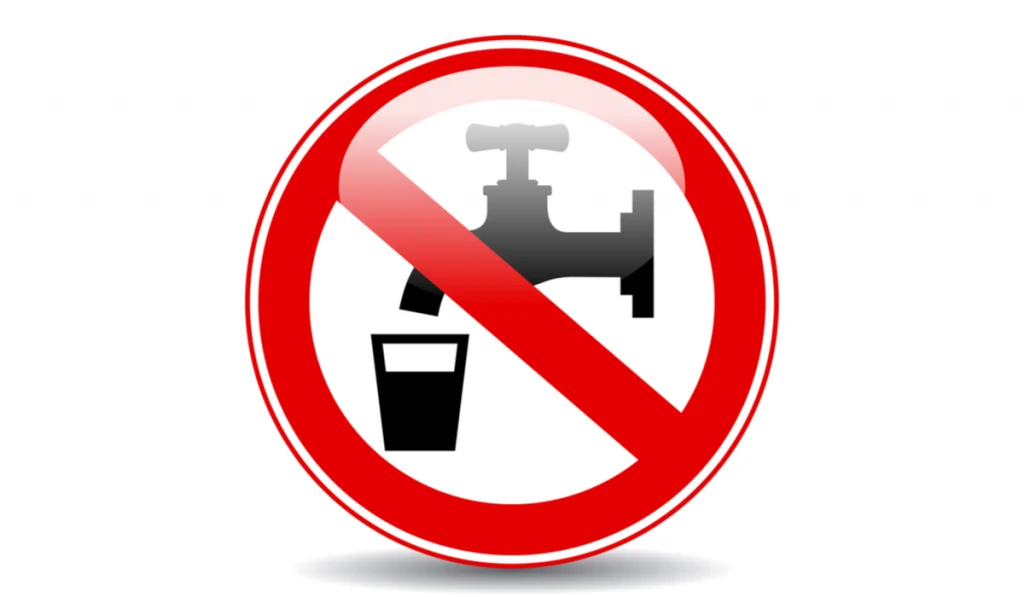
Gray water is not safe for drinking. Gray water contains bacteria from your skin, dirty dishes, or from whatever it washed.
Also, gray water can have trace amounts of fecal and urinary matter. Gray water can accumulate fecal matter from bathing activities or from your clothing when you wash it.
Although it’s only trace amounts, fecal and urinary matter is harmful to consume, so gray water should not be ingested by humans or by pets.
The Bottom Line
It may seem ridiculous, but how does the impact of recycling gray water in just my home cause any real change? Well, is it just your home?
Can you see the impact it would have if every home in the whole world made this small change? How much fresh water could be conserved? Water is a resource that becomes more precious and worthy of concern every year.
